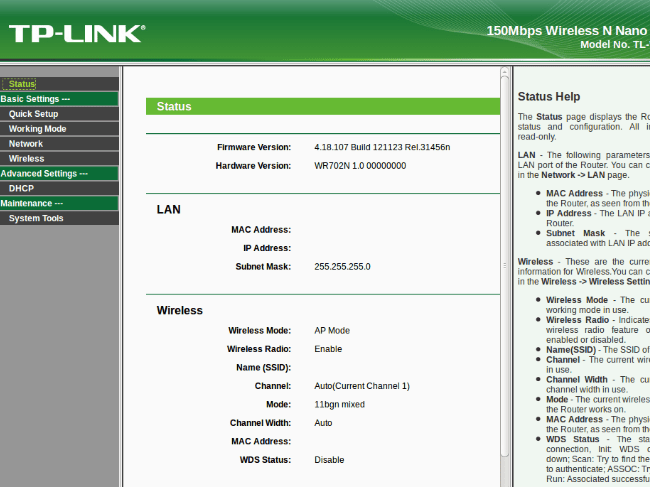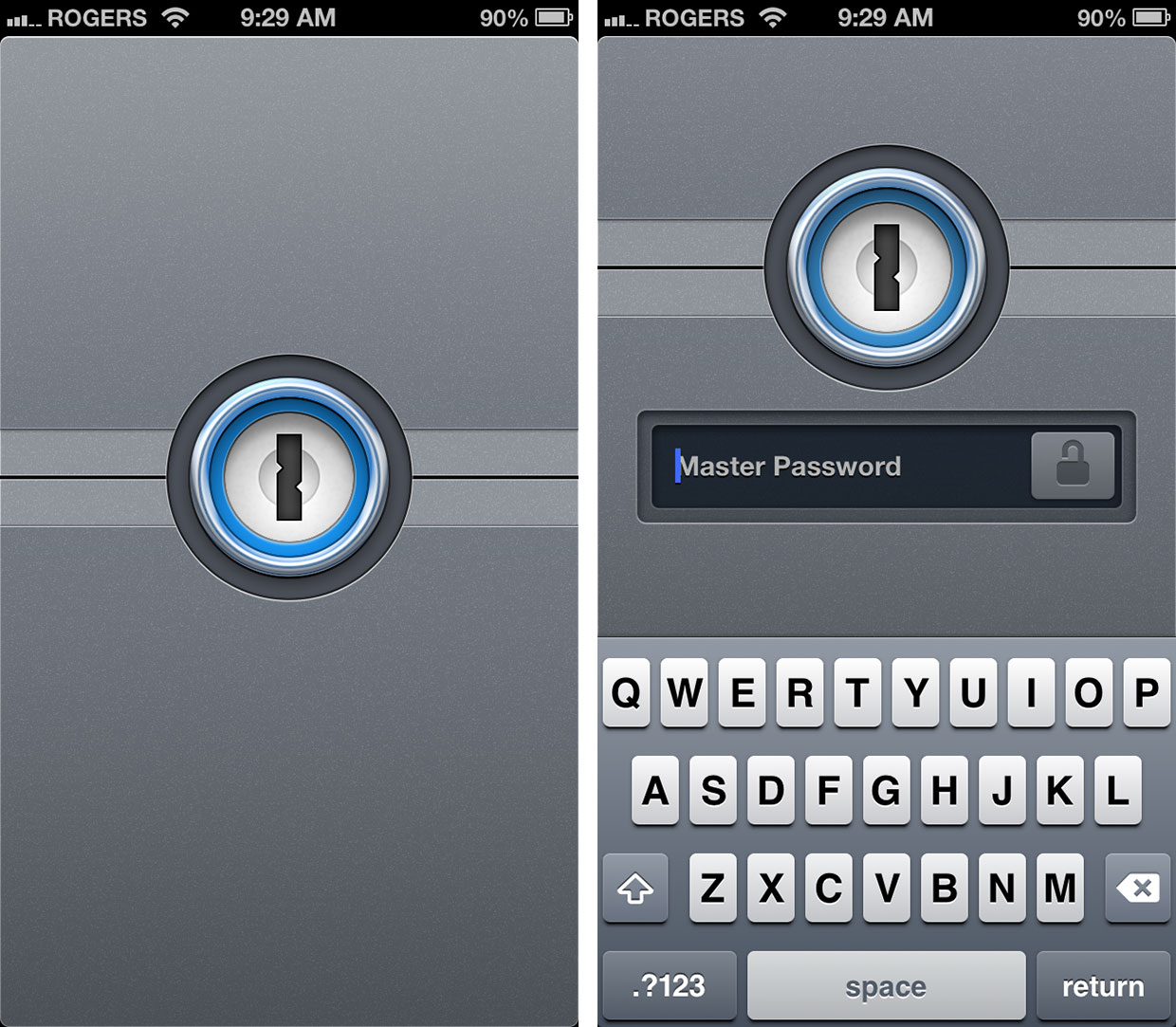

For this example, we'll use the service Twilio and define our test Account SID and Auth Token which is used by the application at startup: Next let's add a second item to our vault for a third-party integration. In this example, I've defined a few items like URL, admin password, postgres connection string, token salt, and JWT Secret: This is where I would put shared secrets that are owned by the application itself. For our first item, let's create NewApp (Local). For this tutorial, I'm going to keep things simple and create two different items. Next, let's populate a few different credentials in this vault.

Let's start by first creating a vault which is accessible by all engineers and call it NewApp Non-Prod: Given this context, we'd want our Junior Engineer to be able to view/add/edit non-production secrets, but not production ones. For this example, let's pretend our project is the following: While this step is optional to complete the tutorial, it's a good practice to have your secrets and credentials organized in a way that segregates access.

If you're using the legacy version of 1Password where you self-host your vaults, this guide likely won't work. In order to follow this tutorial, you'll need: Don't try to use them to hack my things, because these resources do not exist.ġPassword is an excellent password manager, and recently I began exploring the value it can provide for secrets management, and boy is it easy! If your team is using 1Password, you can use your vaults to share secrets and pass them to your projects! Below is a tutorial I've documented as I tested this process myself. Author's Note: All the plain-text secret values shown in this tutorial are fictional.


 0 kommentar(er)
0 kommentar(er)
